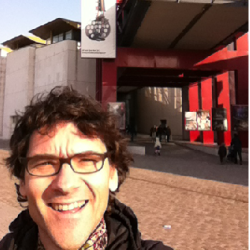Multilingual and Semantic Enrichment Strategy
The semantic enrichment of metadata in Europeana is a core concern as it will improve access to the material, define relations among objects and enable multilingual access to content.
To ensure enrichments enfold their whole potential and act as facilitators of access, a semantic and multilingual enrichment strategy is needed.
The Task Force ran from October 2013 to March 2014. The motivation and the scope of the Task Force are defined in the Task Force Charter.
Analyzing the datasets, we found that enrichment flaws can be caused during one of the three stages that the metadata undergoes until it is displayed in Europeana:
- Creation of the metadata by the provider.
- Mapping to EDM.
- Ingestion into Europeana.
During the process of enrichment itself, two choices are key to success or failure:
- the vocabulary used for enrichment, and
- the rules established for using the right terms for enrichment (on the target and the source side).
The task force revealed the common obstacles in automatic semantic enrichments and provided recommendations to overcome some of these issues. It was found that multilingual enrichments can increase the negative effect of low-quality metadata across languages.






